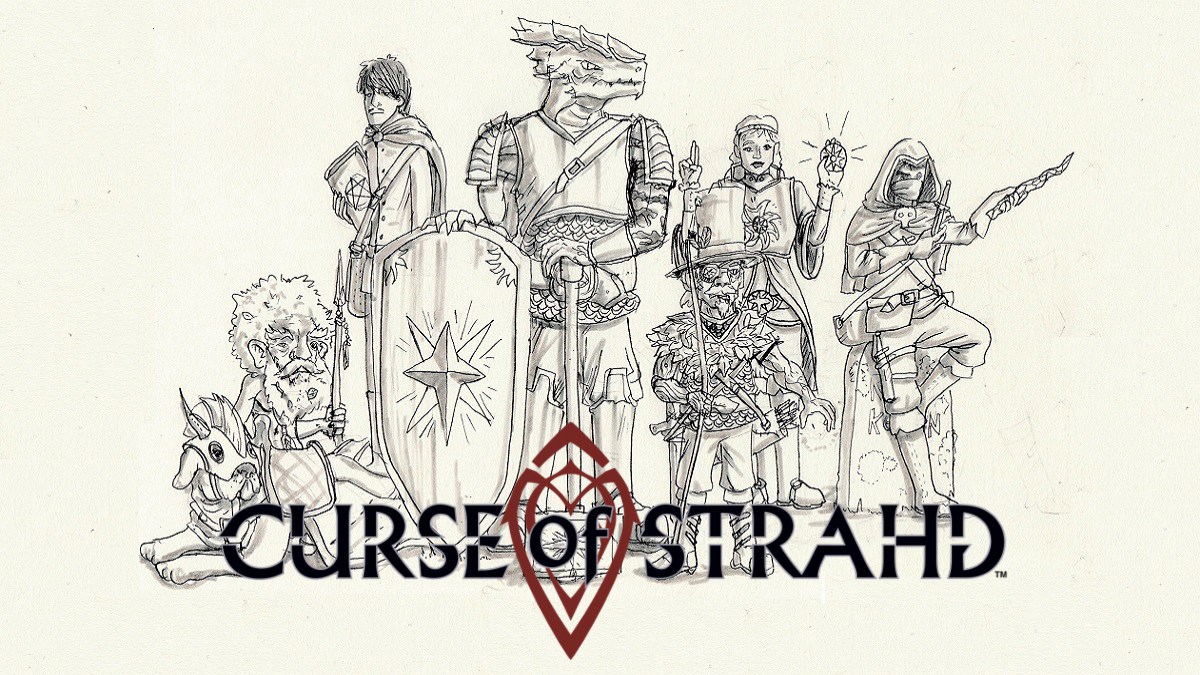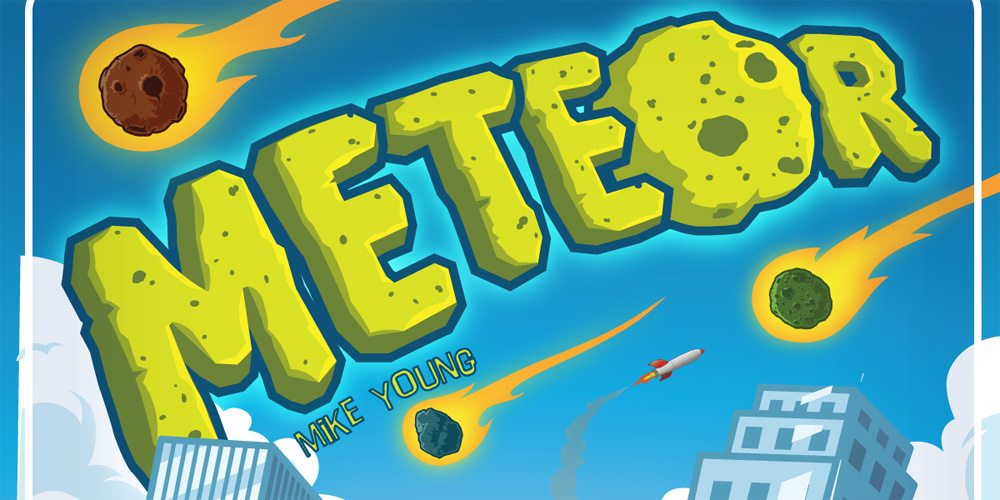Overview: A really wonderful, fast-paced game where word building meets counting strategy.
Players: 2-4 players
Ages: 8 & up – the game is largely dependent on a player’s ability to spell.
Playing time: Roughly 30 minutes to play a full game.
Retail: $29.95 + shipping, available from DNA Games (link goes to Paypal ordering) and a number of game stores in the Pacific Northwest.
Rating: If you like word games, go find a copy right away.
Who will like it: Basically, everybody: gamers and non-gamers alike. I played this game at PAX Prime and really liked it, but was surprised at the excited reaction that my wife, decidedly in the non-gamer camp, had to this game. Days after playing, she was still talking about Bull’s-eye. It makes for a good party game, albeit limited a little by its four player capacity, and kids love it too.
Components: This is my biggest complaint. While I like the concept of a dart board, with players working toward the center and the bull’s-eye score (the markers are blunted darts, a very clever touch), I’m not crazy about most of the components. The red and black cards are too small to shuffle and have the same pattern (cork?) on them that the board does, but it’s not done very well and, as a result, the cards and board just look dirty.
There’s a nice dice cup, but there’s only one die that’s rolled in the game. It seems superfluous, but I’ll just liberate it and use it in another game. There’s also a nice digital timer, but it won’t turn it off; it just stays on and burns its battery. The cards are a little flimsy, but the board and box are excellent quality. I’m not crazy about the design on the board or box, it all feels very busy, making you realize the value of good artwork. Then again, this is a game that’s just a year out of prototype, so I’m willing to cut them some slack on all of these points.
Gameplay: Bull’s-eye is fast to set up and learn: we were up and playing in under 10 minutes on our very first game. Players select a color and sit in front of that quadrant of the board. Red and black cards are shuffled and placed on the board, letter cards are also shuffled and roughly divided equally among the players. Each player should deal himself seven cards, but keep them face down. Play is now ready to begin.
The youngest player rolls the die and the number that is rolled equals the number of letters that will be used to build the word this round. The die has pips between 2 and 6, with the sixth side showing a bull’s eye, allowing the roller to choose the word length: 1-6 letters. So, if a 4 is rolled, players must all spell a four letter word (not that kind — unless you want to play that way) from their pool of seven cards.
The timer is set for one minute, started, and players turn over their cards. Words are built according to the die’s roll and, when the timer sounds, the round ends and scoring begins. Some letters have no value and are worth zero points, some have a fixed value, and others are worth a range of points. This becomes important in a moment.
Players can then move their marker across the board. As you move your way up the scoring grid toward the bull’s-eye, there are a number of special positions on the board. Land on one of these red or black spots and you can draw a corresponding red or black card, which can either benefit you or hinder your opponents.
Play progresses round after round, passing the rolling responsibility from player to player, until the game draws to a close. To win, a player must first hit the number 90 on the scoring track, exactly, making the choice of words (and letters) more important as the game draws to a close. Then, from the 90 spot, a player must build a 10 point word in order to hit the bull’s-eye and win. There are a handful of other conditions, card, rules, and exceptions, but that’s the bulk of the gameplay. (Here’s a video of gameplay for the TL;DR crowd.)
Conclusion: Bull’s-eye is a great example of an independent game – DNA Games is a family endeavor and, hopefully, they will have great success with this game. While it’s not as slick as a lot of games on the market, it proves that really good gameplay is the most important element. The game has endless replayability and everyone I’ve played it with has really enjoyed it. Play moves very quickly, since everyone is playing simultaneously, and the time limit forces the game forward, making for a really exciting time.
Disclosure: GeekDad received a review copy of this game.





